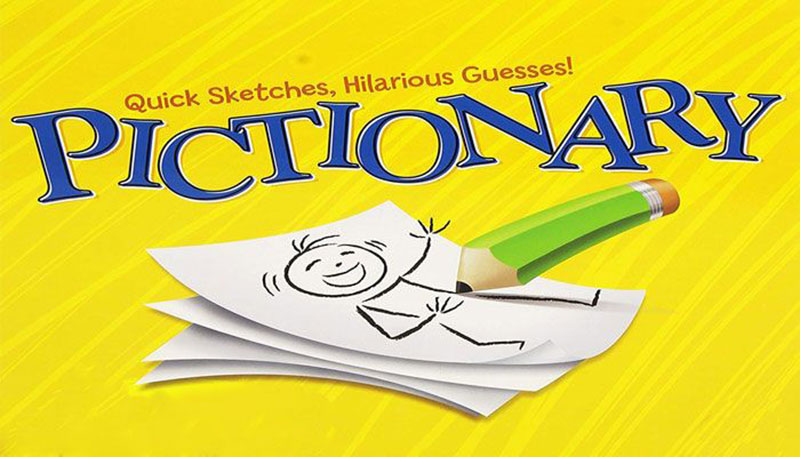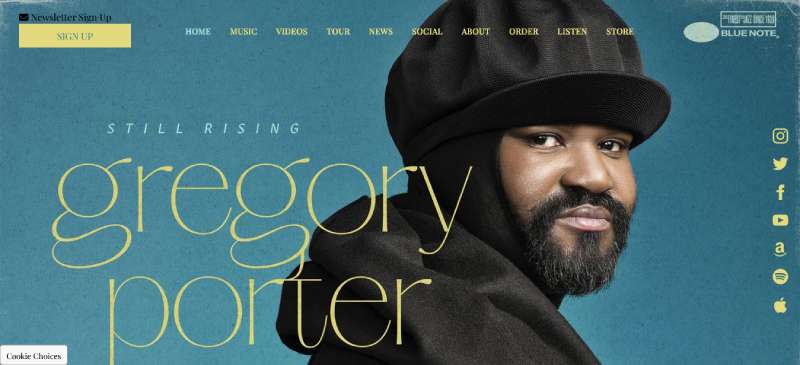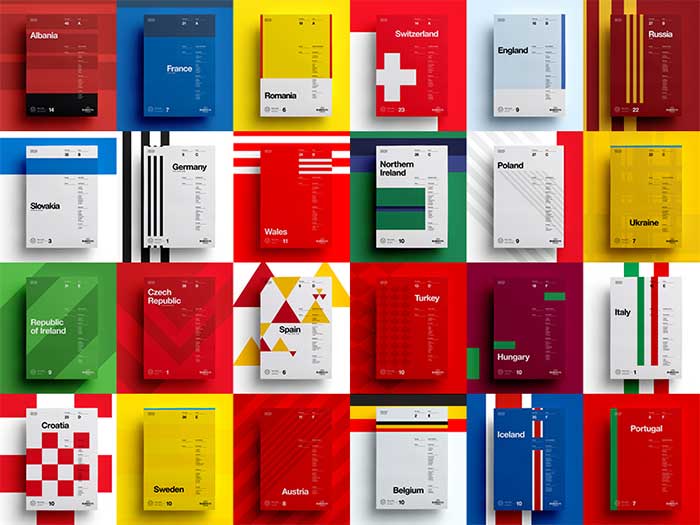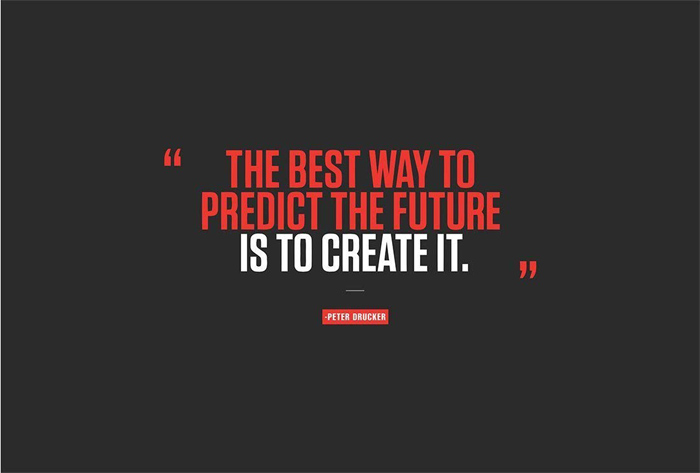Every stroke of the pen, each dab of color brings thoughts to life on a canvas—a thrilling alchemy that transfigures blank spaces into tales untold. This is the realm of illustrators, where magic meets the paper.
Diving into the swell of the art world might seem like navigating uncharted waters. Yet, the voyage to becoming an illustrious illustrator brims with avenues to explore your artistic flair.
From mastering drawing techniques to cultivating a signature style, your odyssey is unique.
This article unfolds the parchment of knowledge, guiding you through the labyrinth of artistic skills development and into the guild of professional creators.
You’ll glean insights on everything from digital illustration software to building a striking illustrator portfolio that stands out in a digital bazaar teeming with talent.
Whether you aspire to sketch whimsical worlds or design the next iconic brand, embark on this quest to unlock the secrets of transmuting your visions into a career in visual arts. Let’s chart the course to your dreams.
Understanding the Role of an Illustrator
What Does an Illustrator Do?

Think of an illustrator as a visual storyteller. When someone says, “show, don’t tell”, an illustrator grabs the baton.
Whether it’s a children’s book that needs magical creatures or a medical textbook requiring accurate anatomical illustrations, the illustrator’s mission is to convey a narrative through imagery.
But how to become an illustrator isn’t just about sketching pictures. It’s about understanding the story, adapting your style to the narrative, and creating imagery that communicates the essence of the text.
The Difference Between Fine Art and Illustration
While fine art might be likened to a free bird, unrestricted and expressive, illustration serves a specific purpose.
Think of fine art as the spontaneous melody of a jazz musician, free and interpretative.
In contrast, illustration is more like the score of a symphony, each note serving a particular function within the composition. It’s still creative, it’s still expressive, but it’s bound by the needs of the narrative it seeks to depict.
The Importance of Communication in Illustration
Remember playing ‘Pictionary’?

That’s illustration at its most fundamental. Your job is to make your team understand a concept or a phrase, not by words but through your drawings.
That’s what an illustrator does, they facilitate understanding. They bridge the gap between text and the reader’s mind using visual communication.
They are translators, converting written language into a visual one. This need for clear communication underscores just how to become an illustrator — it’s about telling stories as much as it is about drawing them.
Starting Your Journey as an Illustrator
Importance of Drawing and Experimenting
Every illustrator’s journey begins with a simple stroke of a pencil. Drawing is the foundation, the first language you’ll learn on your quest on how to become an illustrator.
But don’t stop at what you’re comfortable with. Experiment. Dabble with watercolors, wrestle with charcoals, tease out textures with acrylics.
Venture out of your comfort zone. The more techniques you experiment with, the more visual languages you’ll be fluent in, and the richer your illustrations will become.
The Role of Art School in an Illustrator’s Career

Think of art school as a compass.
It isn’t the journey itself, nor the destination, but it can provide a direction. It offers guidance, exposes you to different styles, techniques, and perspectives, and offers a structured environment to nurture your skills.
Yet, it’s not the only path on how to become an illustrator. Many successful illustrators have carved their paths independently, learning from a buffet of resources.
Self-learning and Online Courses
In the digital age, the classroom is just a click away.
Countless online platforms offer a wide array of courses that cater to different levels of proficiency, from the greenest of beginners to seasoned veterans looking to brush up on their skills.
Not to mention, the art community online is vast, teeming with artists willing to share their techniques, critiques, and experiences.
In your journey on how to become an illustrator, the Internet can be your mentor, your classroom, and your art commune.
Here are some types of courses or online materials that would be useful for an illustrator:
- Art Fundamentals and Techniques:
- Software Proficiency:
- Adobe Creative Suite (Illustrator, Photoshop, etc.)
- CorelDRAW or other vector graphics software
- Digital Painting Software (e.g., Procreate)
- Specialized Illustration Styles:
- Storyboarding and Sequential Art:
- Digital Skills:
- Digital Painting and Rendering Techniques
- 3D Modeling and Rendering (useful for certain styles and industries)
- Vector Illustration Techniques
- Business and Marketing:
- Freelancing and Self-Promotion for Artists
- Pricing and Contracts for Illustrators
- Building an Online Portfolio and Personal Brand
- Social Media Marketing for Artists
- Traditional Art Skills (optional but valuable):
- Typography and Hand-Lettering:
- Art History and Visual Culture:
- Studying the work of renowned illustrators and artists
- Understanding the history of illustration and its impact on visual culture
- Professional Development and Soft Skills:
- Creative Problem Solving
- Time Management and Productivity
- Collaboration and Communication Skills
- Critique and Feedback Processes
- Advanced Digital Techniques:
- Advanced Photoshop Techniques (masking, blending modes, etc.)
- Digital Illustration Workflows
- Animation for Illustrators
Developing Your Skills and Style
Importance of a Diverse Skill Set
An illustrator’s toolkit needs to be as versatile as the narratives they’re called to portray.
Think about it.
One day you could be illustrating a whimsical children’s book, the next you might be commissioned to create detailed illustrations for a wildlife magazine.
In this journey on how to become an illustrator, amassing a diverse skill set can be your superpower.
It expands your creative vocabulary, enabling you to communicate more effectively through your illustrations.
Finding Your Unique Style
Developing your style is like embarking on a self-discovery journey. It’s your signature, your voice in the cacophony of illustrations.
It’s the thread that weaves through your body of work, making it distinctly you. So, try on different styles like you’d try on clothes.
Some might fit perfectly; others might feel awkward and uncomfortable. But through this process, you’ll discover a style that feels authentically yours, setting you apart in the illustration landscape.
The Role of Digital Tools in Modern Illustration
Just like a carpenter wouldn’t ignore the power drill, an illustrator shouldn’t shy away from digital tools.
Software like Adobe Illustrator, Photoshop, or Procreate have transformed the canvas, allowing for a stunning array of effects, precision, and versatility.
Even if you’re a staunch traditionalist, getting the hang of digital tools can widen your professional opportunities, making it an essential skill in your quest on how to become an illustrator.
Building Your Portfolio
Importance of a Strong Portfolio

Your portfolio is your visual CV. It’s the showcase of your abilities, style, and versatility. It’s often the first impression potential clients will get of your work, so it needs to hit the mark.
Remember, it’s not just about the volume of work, but the quality and diversity. It should be a testament to your range as an illustrator, showing that you can tackle a variety of themes, mediums, and styles.
Tips for Creating an Effective Portfolio
When building your portfolio, think of it as curating an art exhibition. Each piece should serve a purpose. Choose works that show your skill, versatility, and style.
Don’t just focus on final pieces; include sketches and work-in-progress shots to show your thought process and technique.
Lastly, remember, your portfolio is a living, breathing entity. Keep it updated, phase out older work, and replace it with newer, more representative pieces.
Showcasing Your Portfolio Online
In this digital era, an online presence is crucial. It’s your global art gallery, accessible to clients from around the world.
Whether it’s on a personal website, a social media platform, or a portfolio site, ensure it’s professional, easy to navigate, and highlights your best work.
Remember, it’s not just about how to become an illustrator, but also how to get noticed as an illustrator.
The Business Side of Illustration
Understanding the Business Aspects of Being an Illustrator

We’re diving into the less glamorous, but equally crucial aspect now – the business side.
Being an illustrator isn’t just about creating art; it’s about marketing it, protecting it, and managing finances.
Understanding basic business skills like contracts, copyright laws, and financial management is an integral part of how to become an illustrator.
Networking and Building Client Relationships
In the world of illustration, relationships can be the key that opens the door to opportunities.
Networking might sound intimidating, but it can be as simple as engaging with the art community, attending events, or joining online forums.
It’s about fostering relationships, not just with potential clients, but also with fellow artists and illustrators.
Dealing with Contracts and Negotiations
Contracts might seem like dull paperwork, but they’re your armor in the professional world.
They protect your rights as an illustrator and set clear expectations between you and the client.
Learning how to navigate contracts, understand the jargon, and negotiate terms is a skill every illustrator should have in their toolkit.
Career Opportunities and Growth in Illustration
Job Opportunities for Illustrators
The realm of illustration is vast and diverse. From book publishing and advertising to gaming and fashion, the demand for illustrators is expansive and growing.
You could be working as a freelance illustrator, a part of a creative agency, or even in an educational institution. The world is your canvas.
Projected Job Growth in the Field
While the future is as unpredictable as a blank canvas, the scope for illustrators looks promising.
With digital media on the rise and industries recognizing the power of visual communication, the demand for talented illustrators is set to increase.
Salaries and Job Satisfaction in Illustration
In terms of salary, it can range widely depending on the sector, your experience, and your location.
While financial stability is important, remember, job satisfaction plays a crucial role too. Many illustrators love what they do, relishing the freedom to create and the joy of seeing their work resonate with people.
FAQ On How To Become An Illustrator
Do I need a degree to become an illustrator?
Truth is, a degree like a Bachelor of Fine Arts can polish skills, but it’s not a must-have. Vital is your ability to sling creativity onto a canvas, digital or otherwise. Hone those artistic skills; your portfolio is what’ll really turn heads.
What should I include in my illustration portfolio?
A stellar portfolio should echo your style, versatility, and scope. Mix personal projects with commissioned work. Include a range of subjects, mediums, and applications, showcasing your proficiency with various illustration tools and software like Adobe Illustrator or Procreate.
Can I make it as a self-taught illustrator?
Absolutely, you can light your own path. Leverage online art classes and tutorials. Soak up techniques, swallow whole the digital art software tutorials. Build a body of work that speaks volumes, and may the web be your stage—a marketplace for your craft.
How do I find work as an illustrator?
Network, network, and network. Flaunt your pieces on online art communities like Behance. Hit up illustration job opportunities posted on sites like Freelancer.com.
Don’t overlook local art workshops and gigs. Spread your name, make connections, scatter your cards like an artist in a whirlwind of opportunity.
What software should I master as an illustrator?
Master the tools of the trade—Adobe Creative Suite stands tall, with Illustrator and Photoshop being golden. Also, dip your digital quill in Procreate or Clip Studio Paint; widen your horizons with the gear that keeps the digital art industry pulsating.
Is freelancing a viable option for illustrators?
For sure, being a Freelance illustrator is all the rage. Platforms like Fiverr and Etsy whisper promises of freedom—set your rates, choose your projects, be your boss. Just dress your freelance projects in professionalism and punctuality.
How do I price my illustration work?
Ah, the dance of the dime. Start by canvassing the terrain—peek at peers on creative marketplaces. Factor in your time, the complexity, and the creative software skills sizzling beneath your work.
Remember, your art’s worth its weight in gold, but don’t scare away your clientele.
What’s the difference between an illustrator and a graphic designer?
Lines blur, but it’s clear as day—illustrators breathe life into narratives with images that tell thousand-word stories sans words. Graphic designers conjure communication with visuals that haul in specific messages, branding being the name of their game.
How important is networking for an illustrator?
Essential as the air for a tune. Rub elbows in online art communities, flair your work in galleries virtual or brick-and-mortar. Society of Illustrators, meetups, the whole shebang—it’s not just what you create, but who you know that paints your future.
What types of illustration niches are there?
Variety’s the slice of life here. Think children’s book illustrator, patching together youthful wonder. Atlantis-deep is the concept art profession for gaming realms.
Even comic book drawing is ripe for plucking. Find your niche, nestle in, and flourish in the soil that feeds your creative roots.
Conclusion
Navigating the landscape of how to become an illustrator—it’s been a quest, hasn’t it? The chartered territory is now familiar under our pens.
So, here we are, brushes down, pixels in place, at the crossroads where passion forges a profession.
- Remember, it’s the burst of creative talent that stokes the furnace, and the consistent skills for illustrators that shape the irons.
- Cultivating connections, like the networking tendrils, is essential—cling to the trellis of society, starting from your local art workshops to cosmopolitan online art communities.
- The tools of the trade? Embrace them, from traditional illustration tools to the slick digital illustration software that becomes the stage for your creations.
- Lastly, present your work, your essence, in your illustrator portfolio, because truly, that portfolio is your personal gallery to the world.
Different paths lace the forest of illustration. Yours? Choose it, tread it, with your distinctive footprint, determined and unmistakable.
If you liked this article on how to become an illustrator, you should check out this article about graphic designers vs UX designers.
There are also similar articles discussing graphic designer vs illustrator, graphic designer vs art director, graphic designer vs web designer, and graphic designer vs digital artist.
And let’s not forget about articles on graphic designer vs visual designer, graphic designer vs animator, how to become an art director, and how to become a graphic designer.









